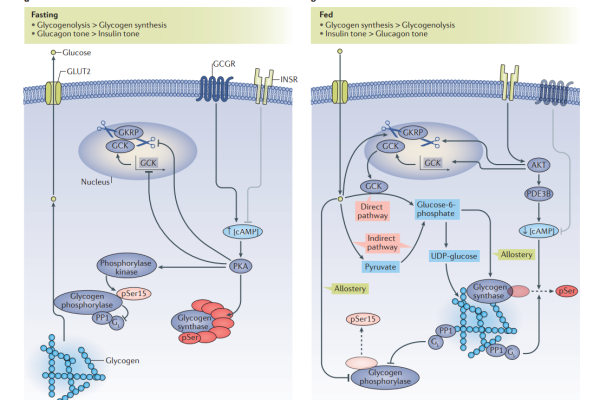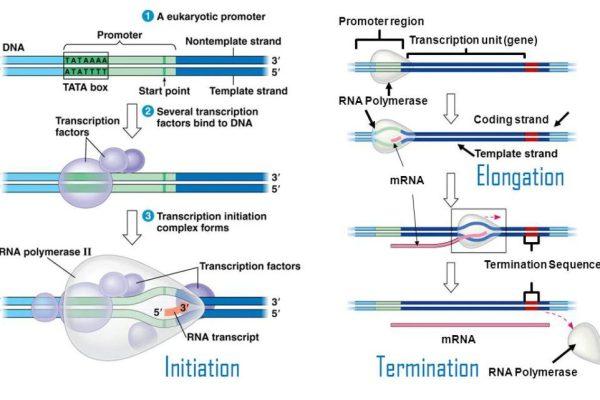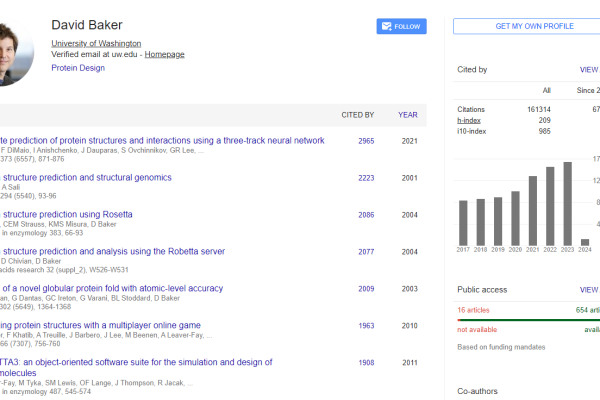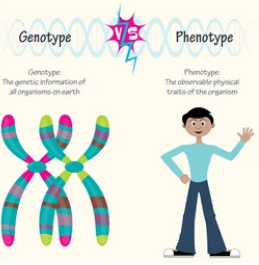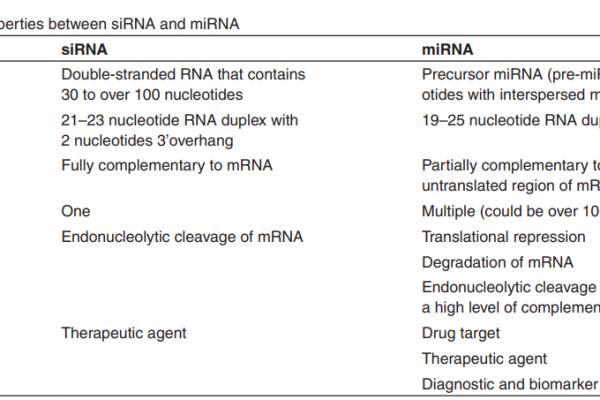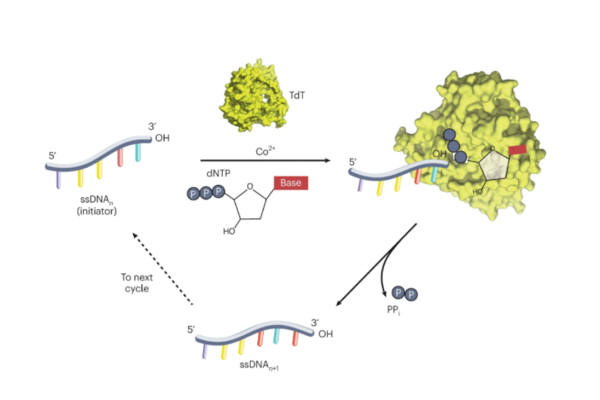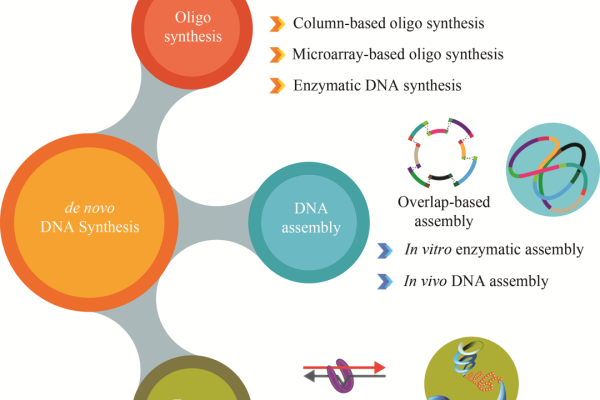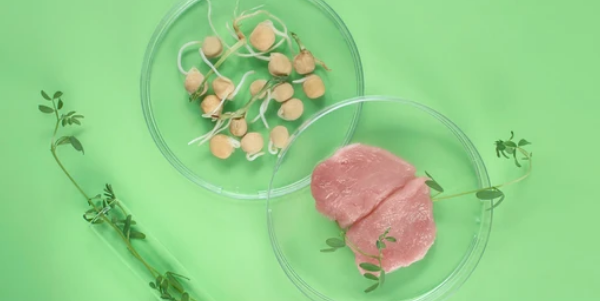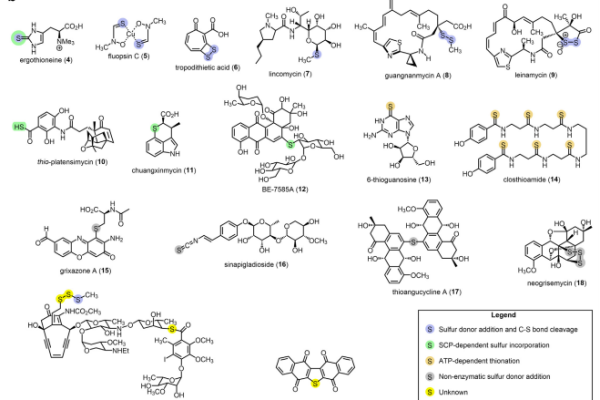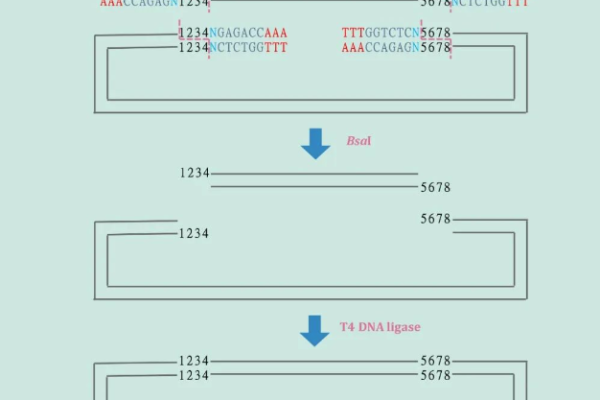
Comparative Analysis of Golden Gate Assembly and Gibson Assembly Techniques
When it comes to molecular cloning, almost every friend who has done plasmid construction knows about Gibson Assembly, and this method is really popular! I remember when I first entered the laboratory, my senior brothers and sisters taught me that the method used to construct plasmids was Gibson Assembly. At that time, the entire laboratory…






